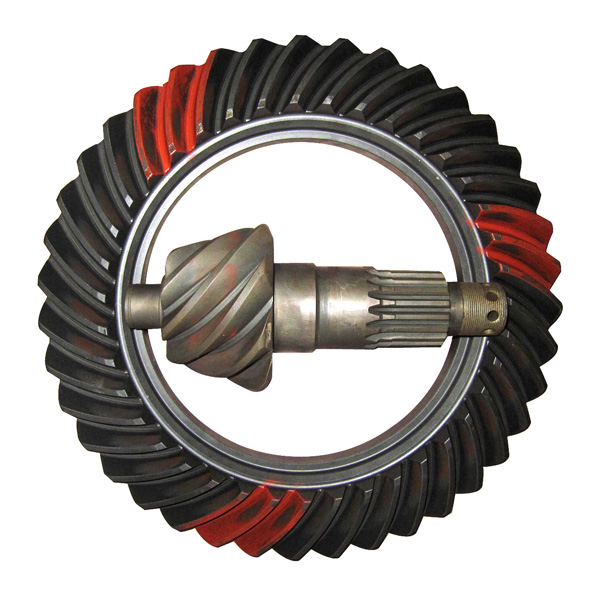Your browser version is too low, it may lead to sites not normally access!
You can use the site to function properly, use these browsers.
Your browser version is too low, it may lead to sites not normally access!
You can use the site to function properly, use these browsers.

Automotive gear process refers to a series of processes and technical methods for manufacturing automotive gear, including the selection of raw materials, the preparation of gear blanks, the mechanical processing of gears, heat treatment, and the final quality inspection. The following is the main process of automotive gear:
1. Selection of raw materials: automotive gears are generally made of low-carbon alloy steel, such as 20CrMoTi, 20CrMo, etc. These materials have good mechanical properties and heat treatment characteristics.
2. Forging: The forging process is to form the heated raw materials through the forging equipment to obtain the gear blank. Forging can improve the internal structure of the material and improve the mechanical properties of the gear.
3. Pre-heat treatment: Pre-heat treatment includes normalizing, annealing, etc., the purpose is to eliminate forging stress and improve the cutting performance of gear blanks.
4. Machining: Machining includes roughing and finishing, through turning, milling, grinding and other processes, the gear blank is processed into a shape close to the finished gear.
5. Carburizing and quenching: Carburizing is a heat treatment process that increases the surface hardness by penetrating carbon into the gear surface. Quenching is to heat the carburized gear to a certain temperature and then cool it quickly to increase hardness and strength.
6. Tempering: Tempering is to reduce the hardness and internal stress of the gear after quenching, and improve its toughness and fatigue resistance.
7. Finishing: Finishing includes grinding, gear grinding, etc., in order to meet the accuracy requirements of the gear, including dimensional accuracy, shape accuracy and meshing accuracy.
8. Surface treatment: In order to improve the corrosion resistance and wear resistance of the gear, surface treatment such as galvanizing and spraying may be carried out.
9. Quality inspection: In the gear manufacturing process, there will be multiple links for quality inspection, including size measurement, hardness testing, metallographic analysis, etc., to ensure that the gear meets the design and use requirements.
10. Assembly and test: The gear is then subjected to assembly tests to ensure the performance of the gear under actual working conditions.
With the development of technology, the automotive gear process is also constantly optimized, such as the introduction of Internet of Things technology to optimize forging process parameters, improve production efficiency and product quality; The new heat treatment process is used to improve the mechanical properties of the gear. These innovations and improvements are designed to meet the automotive industry's higher requirements for gear performance and reliability.
